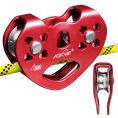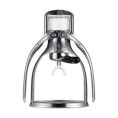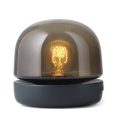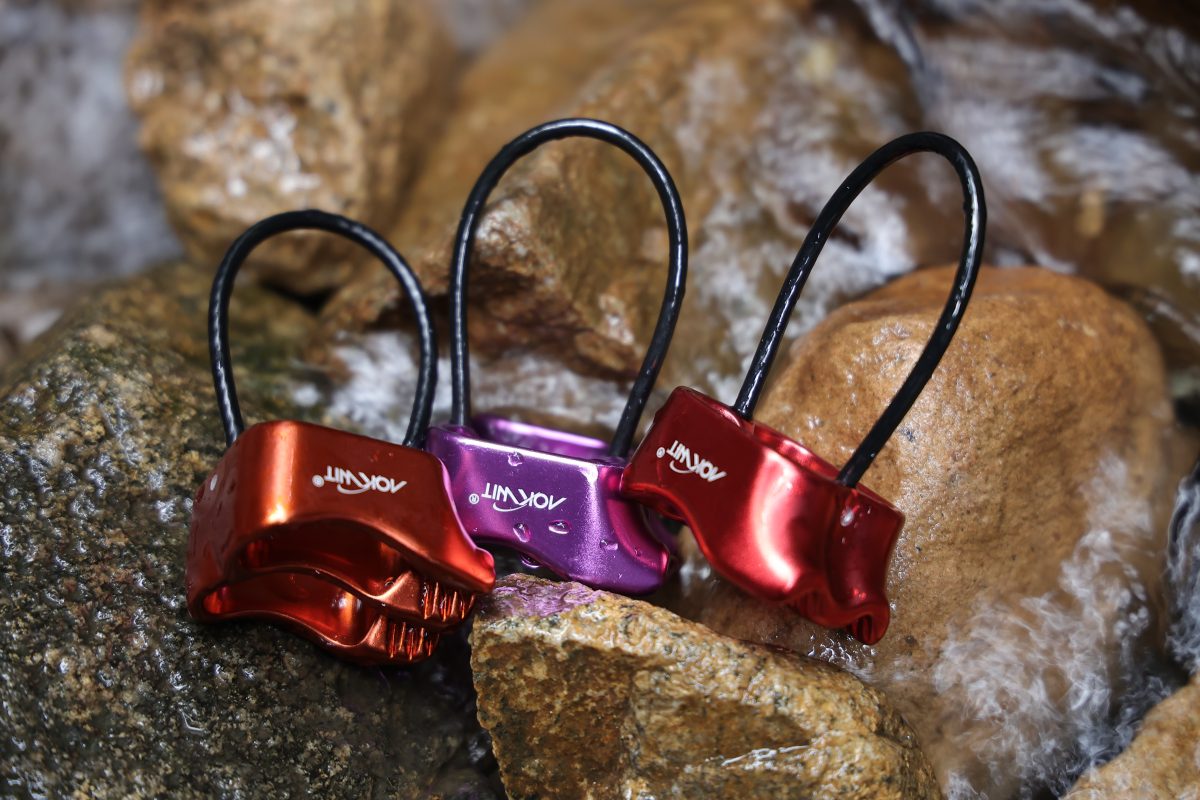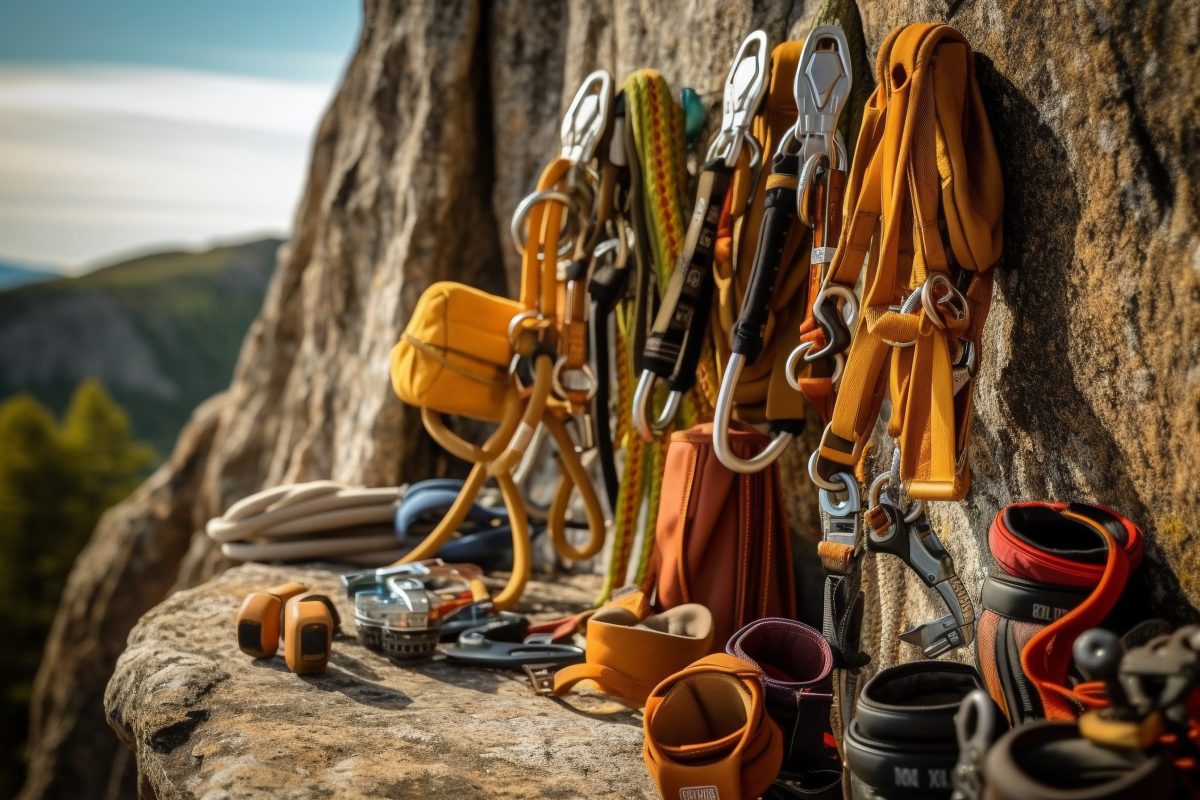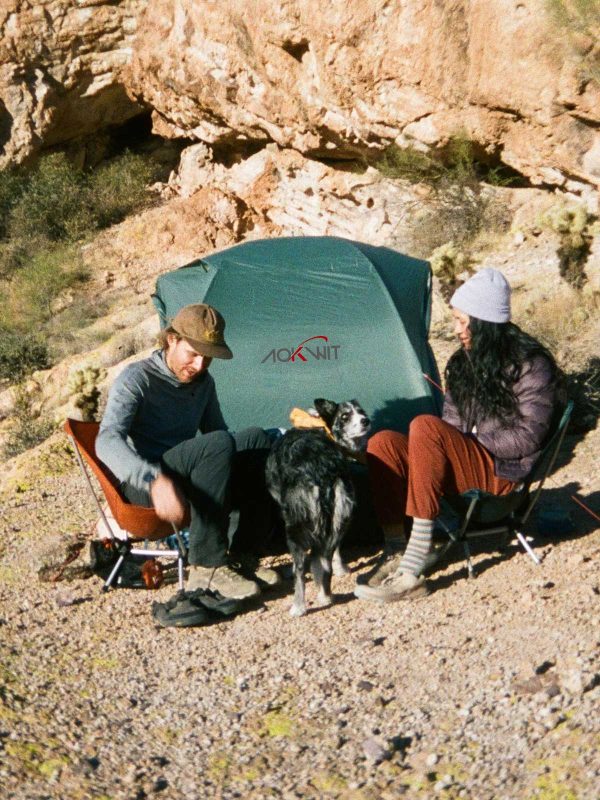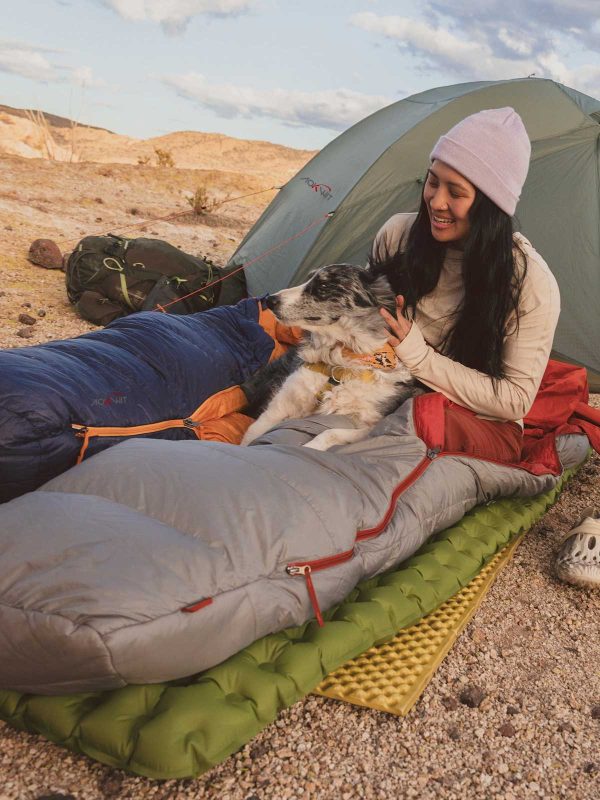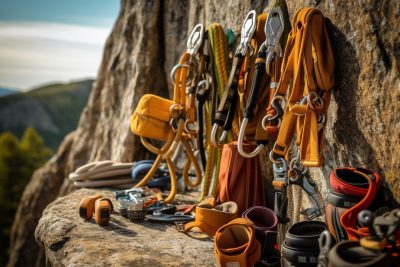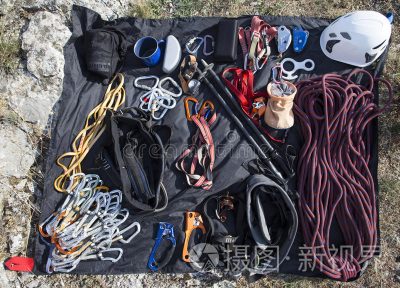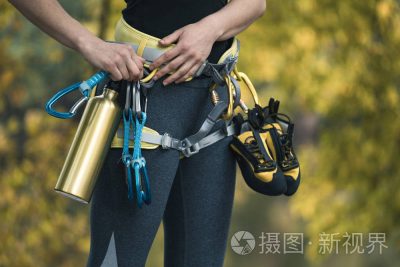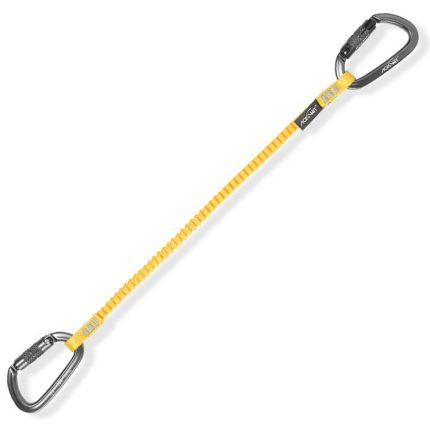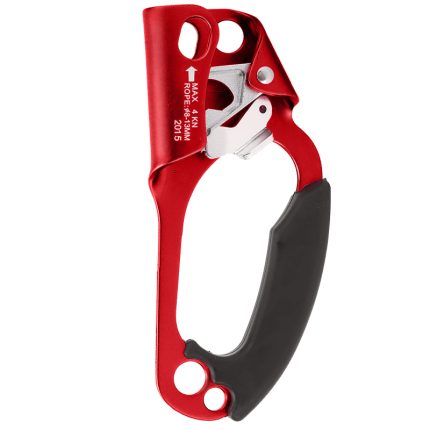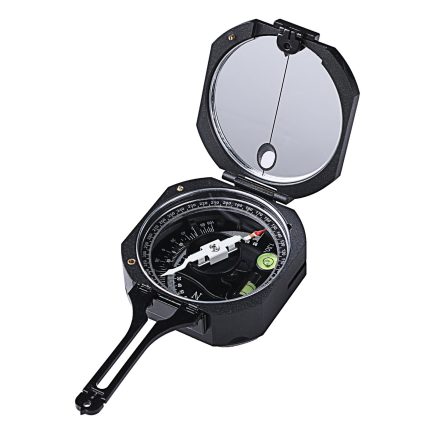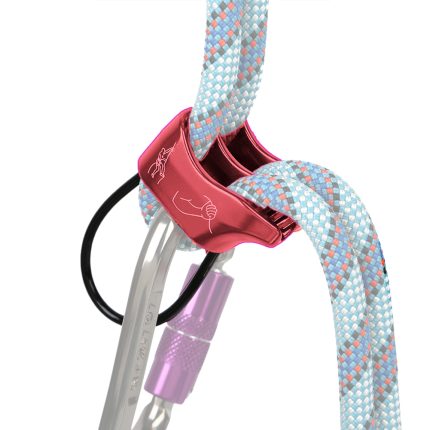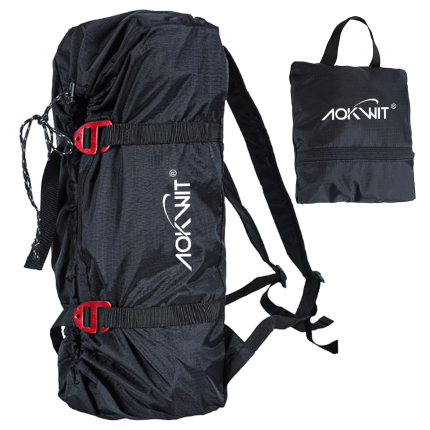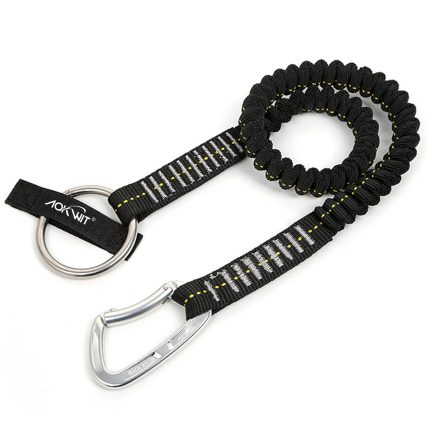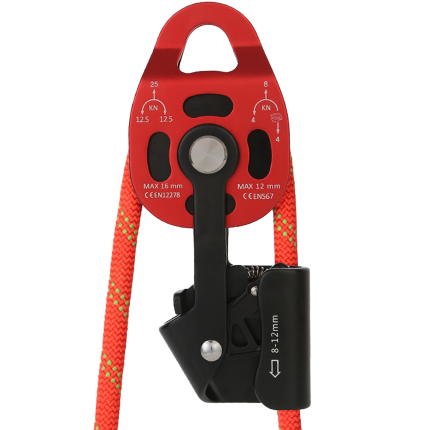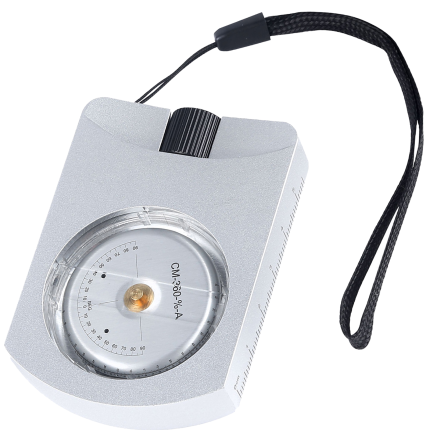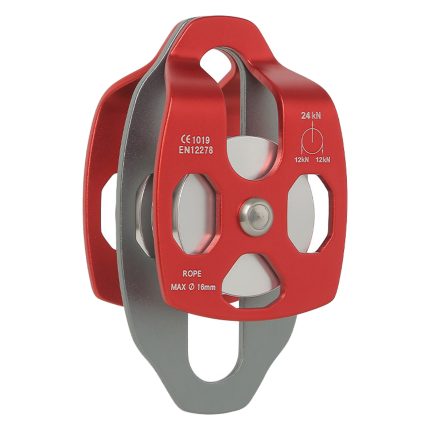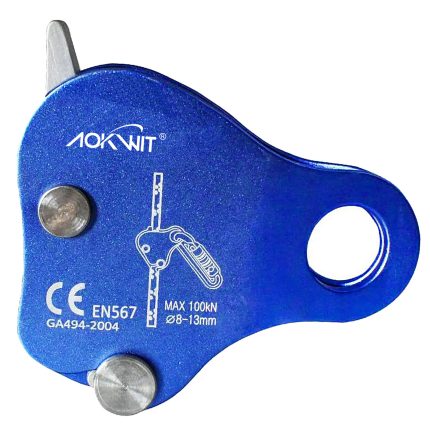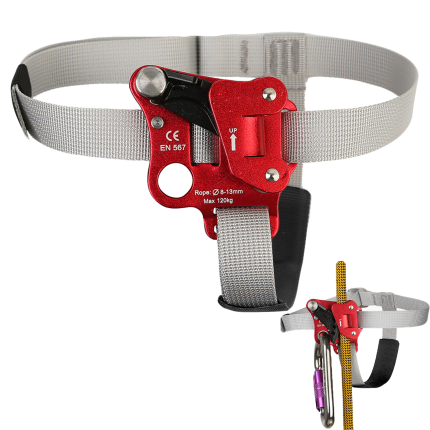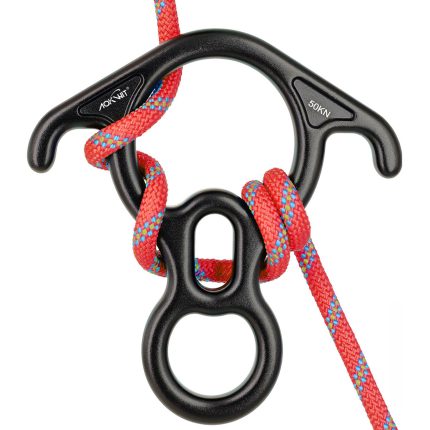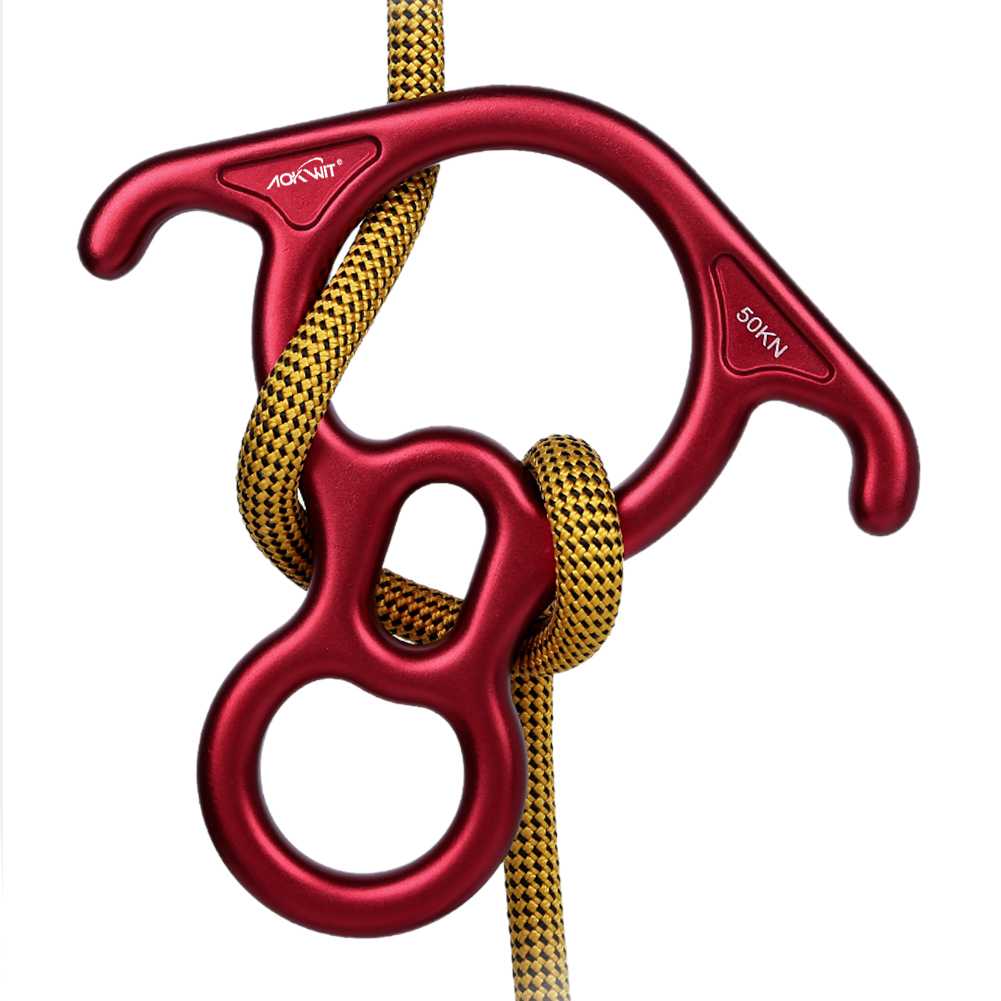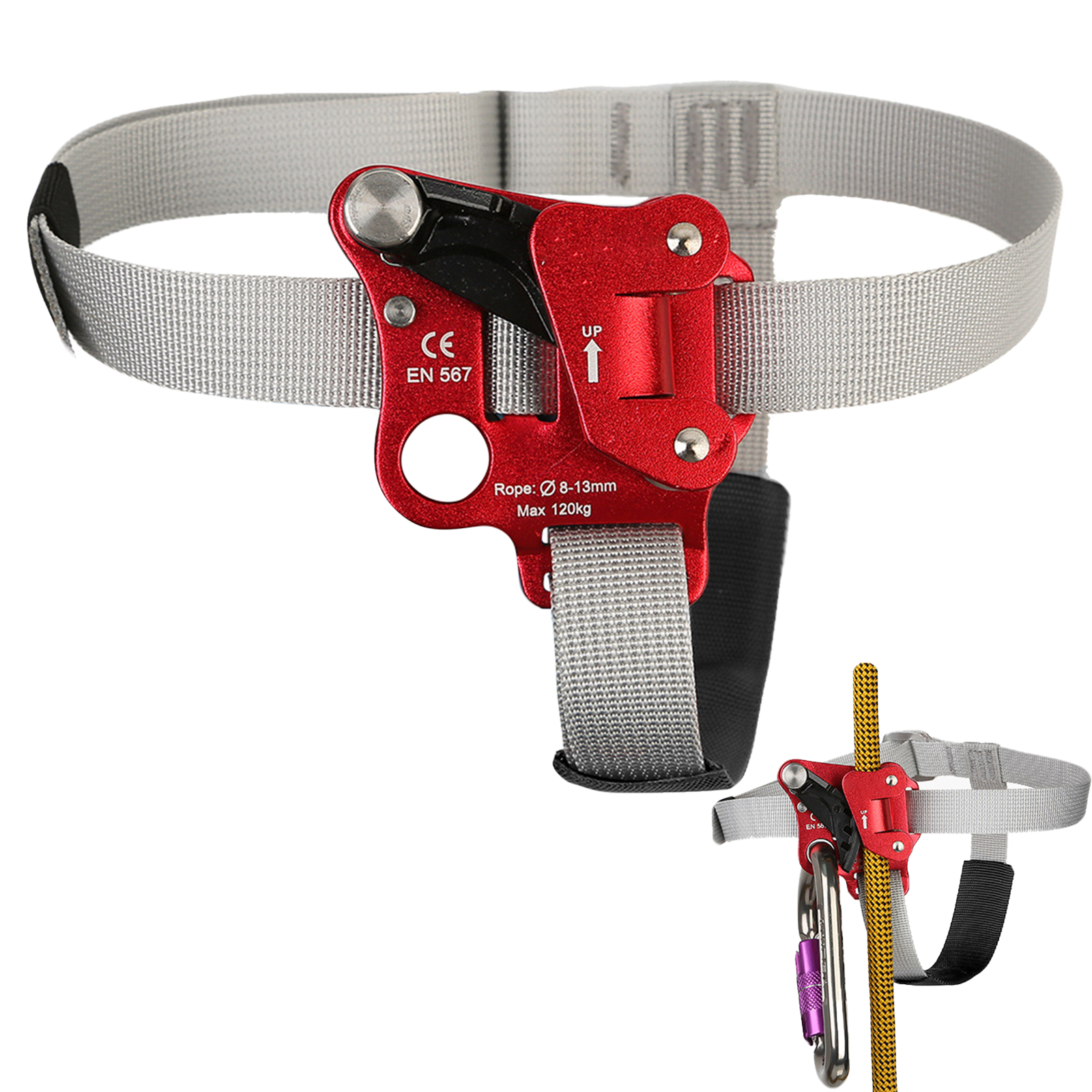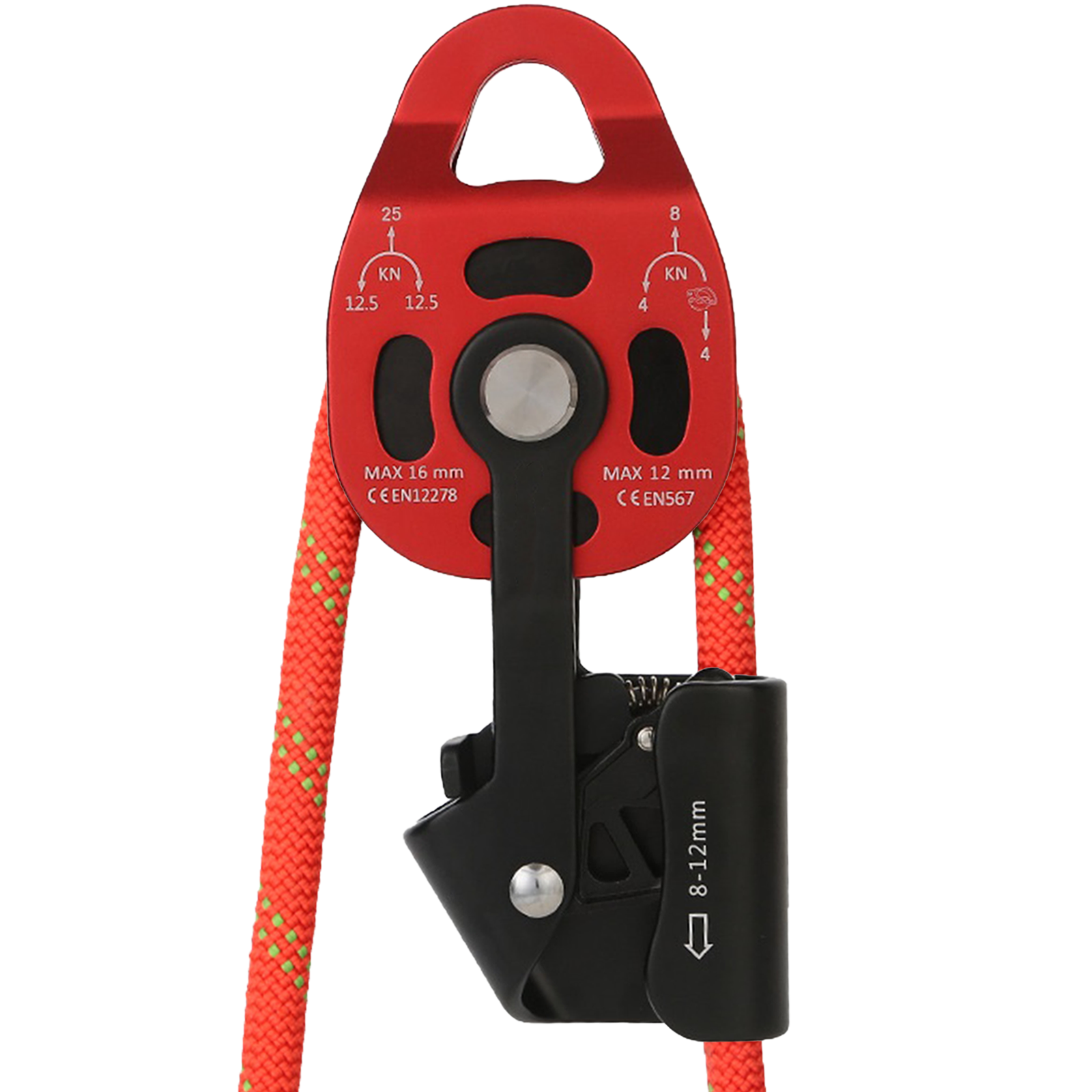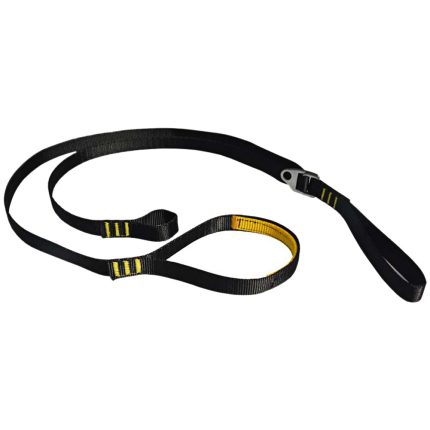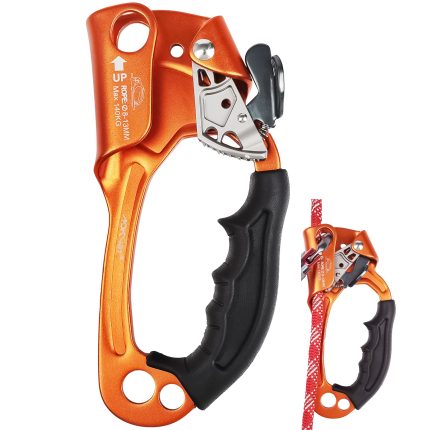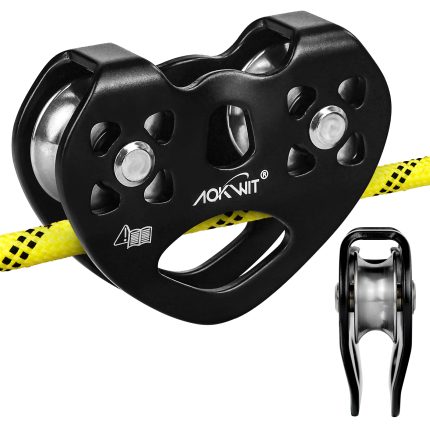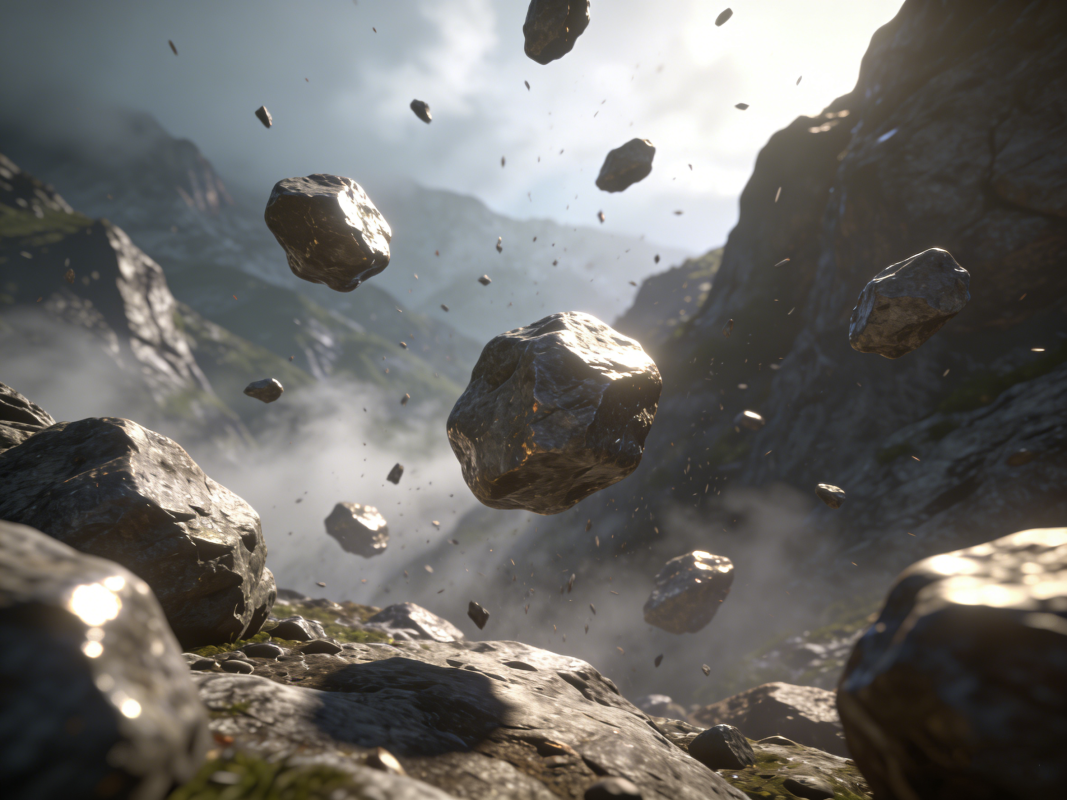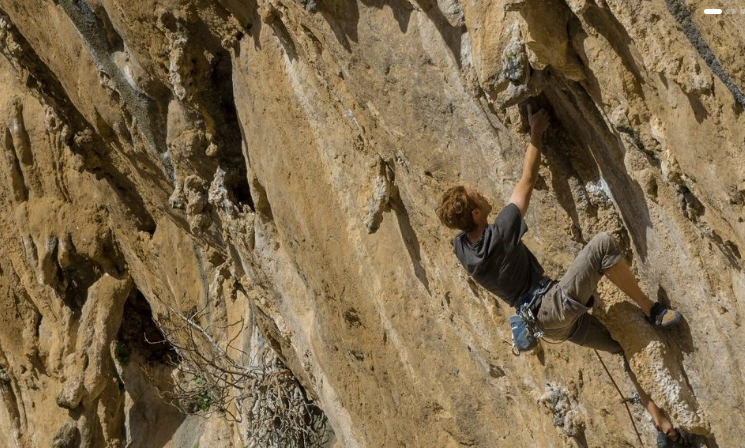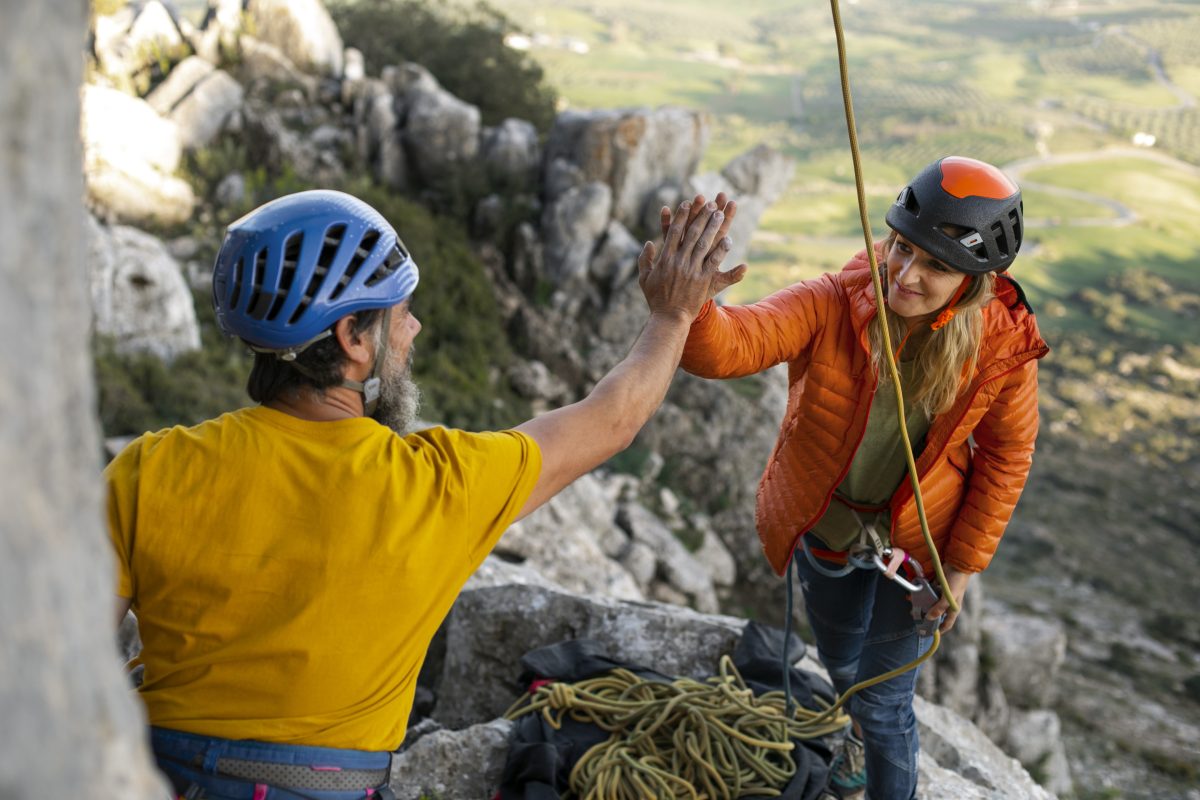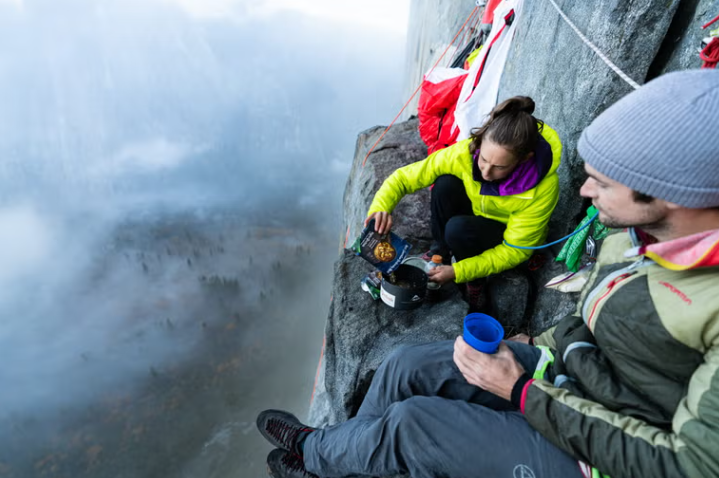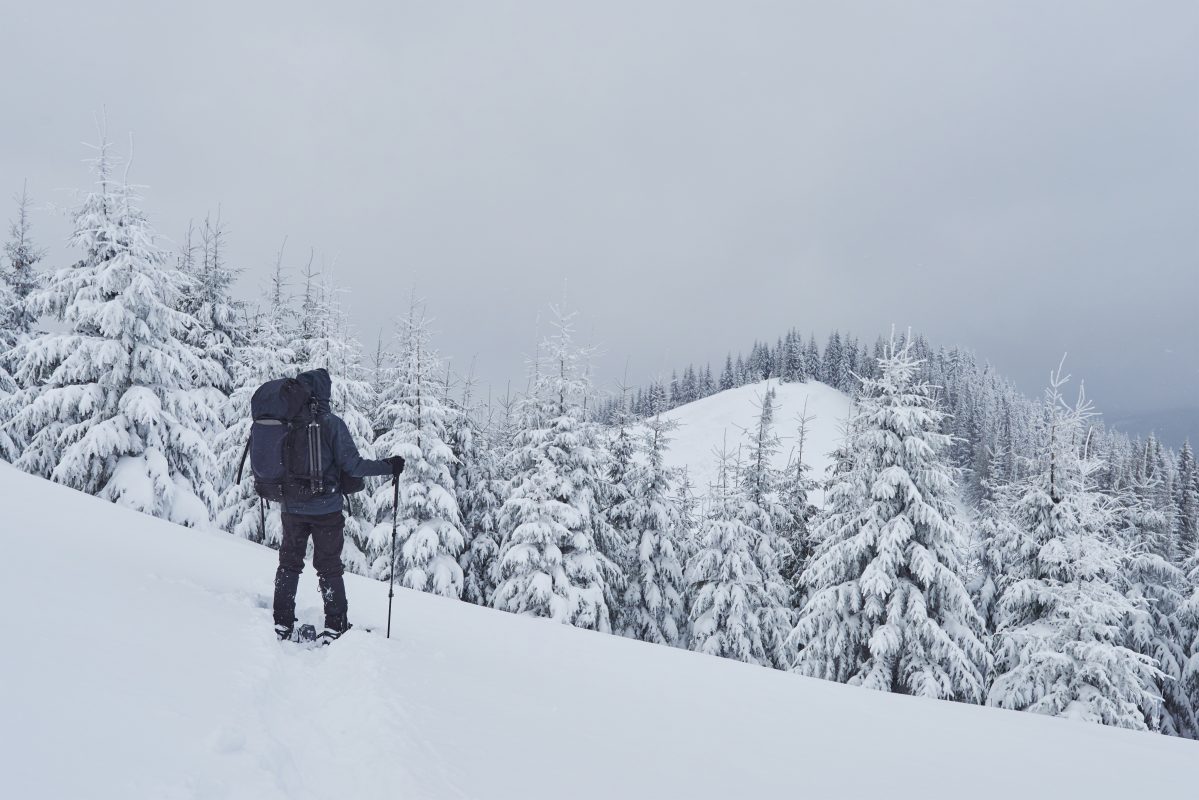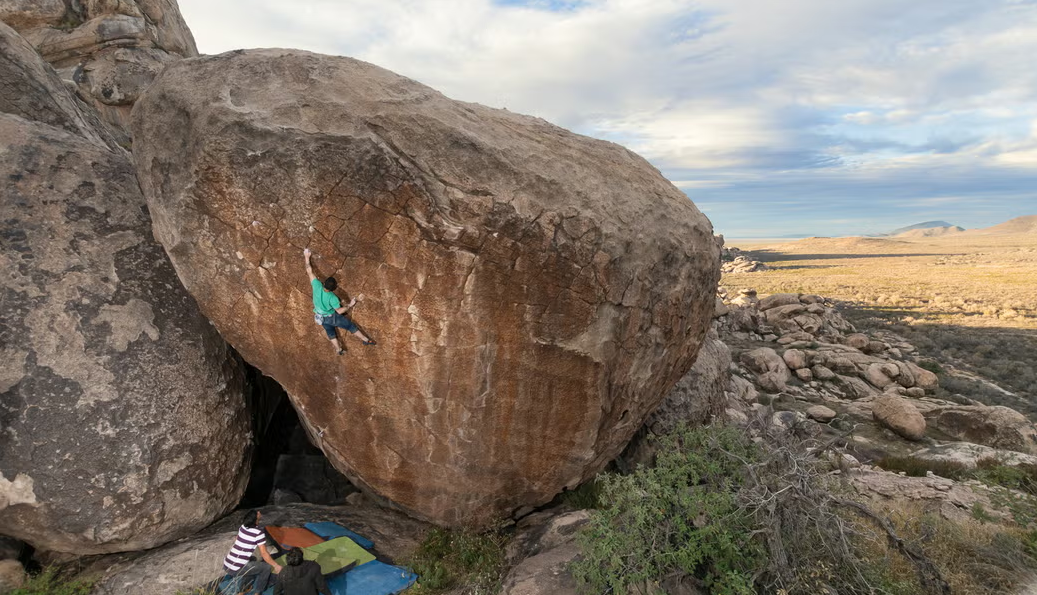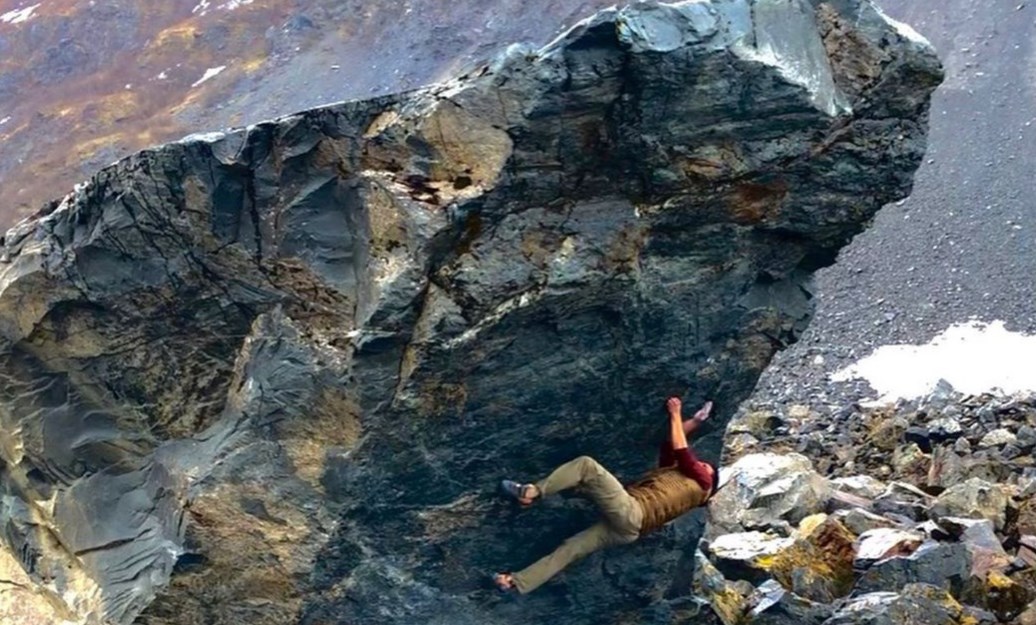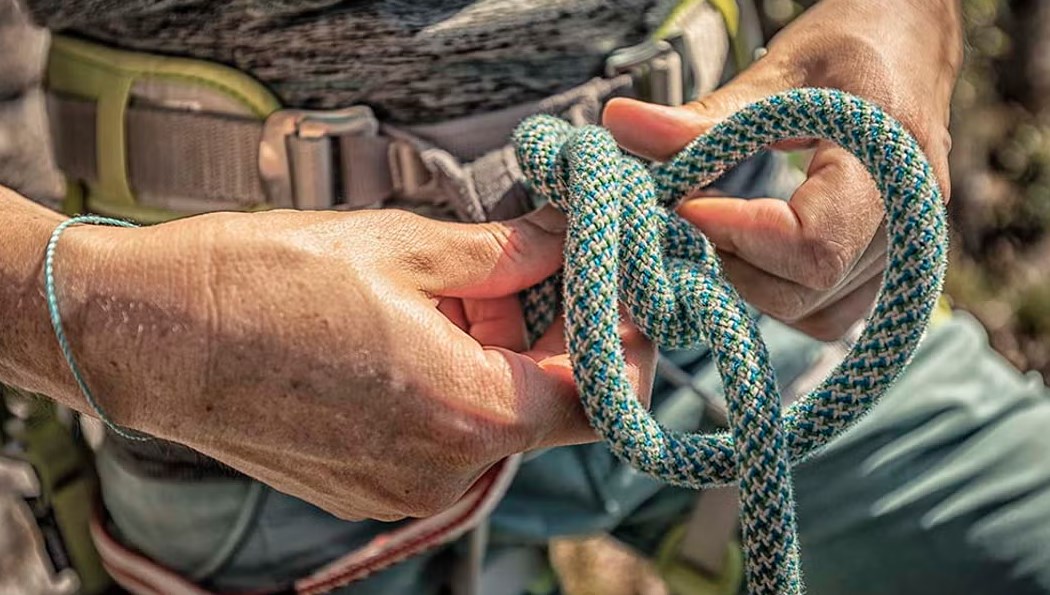Interpreting Climbing Footwork—Traditional Steps in Rock Cracks
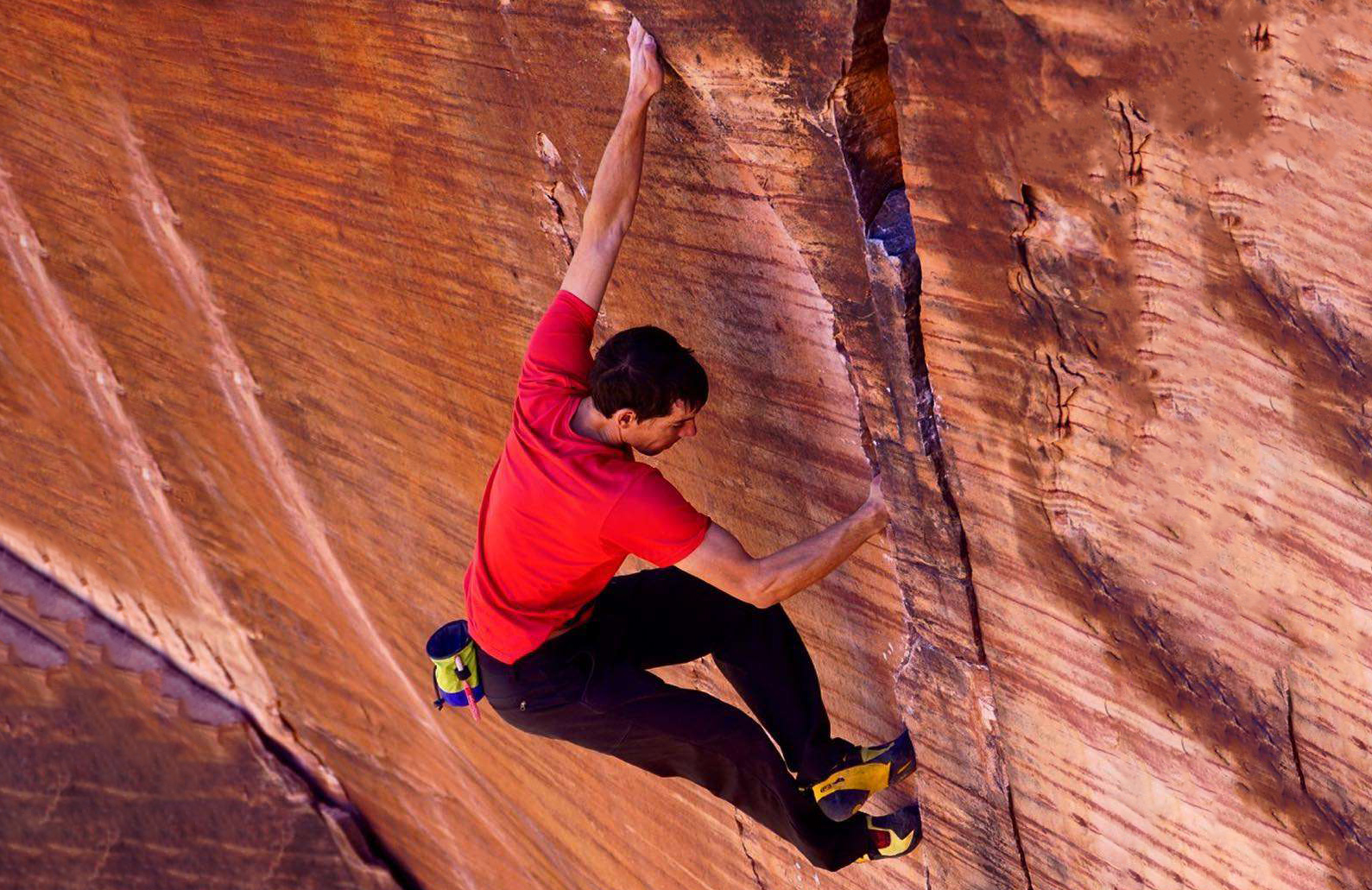
Have you ever felt unsure where to place your feet while climbing cracks? Without solid footwork techniques, such frustration is natural. Whether you aim to conquer hard granite lines or Indian Creek cracks, the following techniques will help you master various finger and palm placements.

Fundamentals: The basic stemming technique is best practiced on hand cracks (note: 2–3-inch rock cracks), as this width allows your feet to wedge securely.
- Choose climbing shoes that allow your toes to splay.
- First, wedge the section from your toes to the arch into the crack (big toe on top, pinky toe below), keeping your knees turned outward.
- Next, rotate your knees inward (toward the crack) while twisting the shoe until it locks firmly in place.
- Keep your arms straight, bend at the waist to lift the opposite leg.
- This may feel unstable initially, but once the foot is positioned, your weight will shift back to your feet.
- With both feet secured, push upward using your legs, maintain pressure on your feet, and tuck your hips close to the wall at the end of each movement to transfer weight from your arms back to your feet.
- Your ankles should bear the primary load, while your hands stabilize the motion.
These are foundational skills. As cracks narrow, your stemming technique must become more refined. Always observe edges or protrusions along the crack—why not use them if available?

For hand cracks (e.g., finger locks or hand jams, where the crack accommodates thumb-width):
- Flatter shoes provide better wedging, but a frog stance enhances power.
- Keep your feet high and close together, knees splayed outward.
- Drive upward by rotating your knees inward repeatedly.
For thin cracks:
- Only your pinky toe may fit. Position the heel down and toes up, pressing the shoe’s outer edge into the crack.
- Engage your ankles to maintain tension, though this may cause discomfort in the pinky toe.
For narrow cracks (using finger stacks, thumbless grips, or fingertip jams):
- Place your feet high and avoid overextending your hands, which destabilizes foot control.
- Wear snug shoes to better grip tiny edges along the crack.
- Rotate your feet as in basic techniques, emphasizing friction with the shoe’s pinky-toe side.
- Exploit even minor irregularities in the crack. Press your toes against the imagined crack plane and apply maximum force to the edges.
For cracks between angled faces:
- Having both feet in the crack increases contact area but requires more effort. Instead, wedge one foot into the crack and smear the other on the face. Commit fully—persistence is key.
Practical Application:
- Use top-rope sessions to drill these skills.
- Focus on footwork efficiency to conserve arm strength.
- Crack climbing strains ankles and causes foot pain, so maintain momentum and avoid lingering in awkward positions.
As these techniques become second nature, you’ll move fluidly through even the most challenging narrow cracks.
